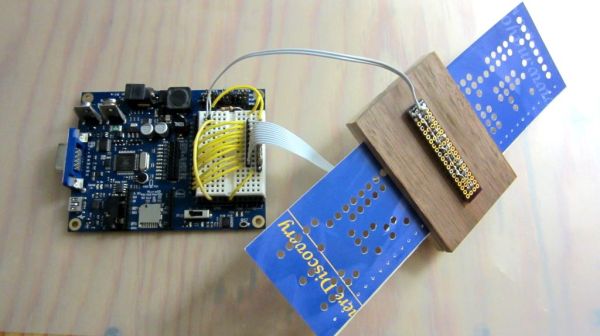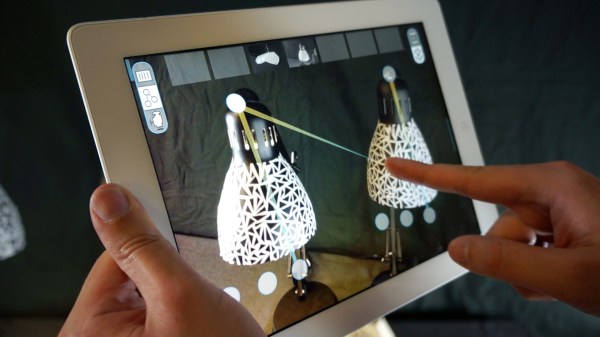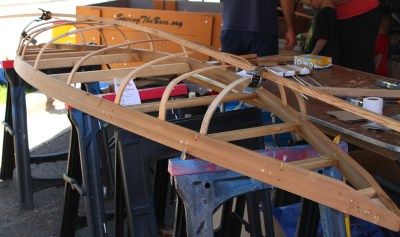The Internet is raising an entire generation that can speak entirely in emoticons. This reverses the six thousand year old evolution of written language and makes us (╯°□°)╯︵ ┻━┻. It is, however, fun. There is a problem with these newfangled emoticons: no one actually types them; they’re all copied and pasted. This is inefficient, and once again technology is here to save us once again.
For his Hackaday Prize entry, [Duncan] is working on an EmojiPad. It’s a (mechanical!) keyboard for typing emoticons, but it can also be used for gaming, CAD design, or as a USB MIDI device.
The keyboard uses 16 Cherry MX switches in a standard diode matrix configuration. This is a USB keyboard, and for the controller, [Duncan] is using an ATMega328 with the V-USB library This is all well-worn territory for the mechanical keyboard crowd, so to spice things up, [Duncan] is going to add individually addressable LEDs underneath each keycap. The ATMega328 doesn’t have enough pins to do this the normal way, so all the LEDs will be Charlieplexed.
A keyboard for emoticons demands custom keycaps, but [Duncan] is having a hard time finding a good solution. Right now he’s planning on using blank keycaps with vinyl decals, a somewhat expensive option at $1 USD a keycap. A better, even more expensive option exists, but for something as ephemeral as an emoticon keyboard a sticker will do just fine.

























